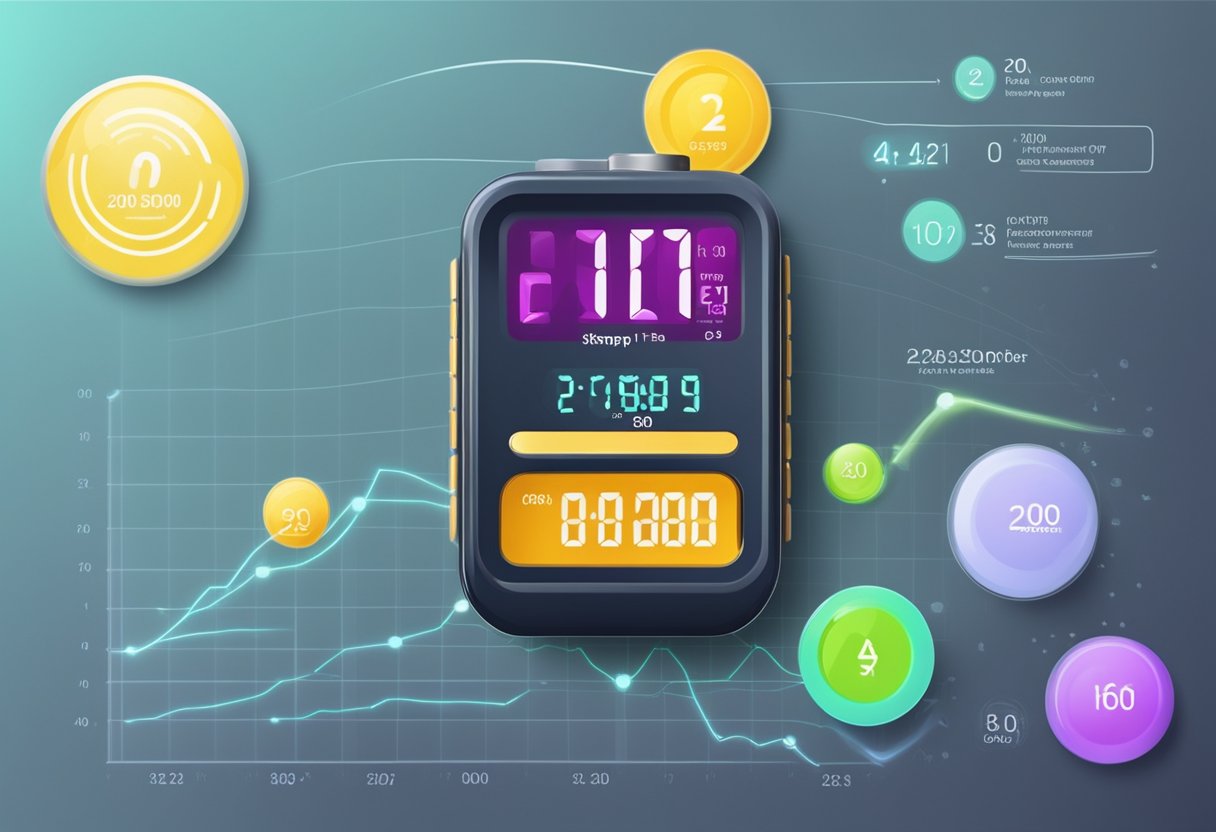Measuring Blood Pressure While Lying Down: What You Need to Know
Understanding how to accurately measure blood pressure in a lying position is essential for effective health management. This article covers specific questions and insights on the technique and implications of measuring blood pressure while lying down.

Why Measure Blood Pressure While Lying Down?
Measuring blood pressure (BP) in a recumbent position can be particularly beneficial for individuals with certain health conditions, such as those with orthostatic hypotension, pregnant women, and individuals with heart-related issues. However, it’s essential to understand how this method differs from traditional upright measurements.
How to Properly Measure Blood Pressure While Lying Down
Accurate measurement of blood pressure requires adherence to specific techniques. Here’s a step-by-step guide for measuring BP while lying down:
- Prepare the Patient: Ensure the individual is comfortable lying on their back. Have them relax for about five minutes before taking the reading.
- Choose the Right Equipment: Use a validated aneroid or digital sphygmomanometer. Ensure the cuff size is appropriate for the person's arm circumference.
- Position the Cuff: Wrap the BP cuff around the upper arm, positioning it about one inch above the bend of the elbow. Make sure it's snug but not too tight.
- Arm Position: Elevate the arm to heart level while the person is lying down, as this can affect the readings.
- Take the Measurement: Follow the standard procedure for taking BP readings; for digital monitors, simply press the button, and for manual devices, inflate and deflate accordingly while listening for the Korotkoff sounds.
- Rest Again: After taking the reading, allow the patient to rest for a couple of minutes before taking another reading to ensure accuracy.
It’s important to perform multiple readings to confirm an accurate result.
Common Misconceptions About Measuring Blood Pressure While Lying Down
There are numerous misconceptions regarding blood pressure measurements in different positions. Below, we clarify a few:
- Myth 1: Blood Pressure is Always Lower When Lying Down
A common belief is that BP readings are consistently lower when patients are lying down. This can be true for some individuals, but it varies based on health conditions and stress levels. - Myth 2: Measurements in Different Positions are Comparable
It’s crucial to understand that blood pressure readings are not universally comparable across different positions. The changes in body position can lead to significant fluctuations in BP. - Myth 3: There’s No Need to Repeat Measurements
A single measurement while lying down does not provide a complete picture of a person’s blood pressure health. It’s advisable to take multiple readings over time.
Implications of Measuring Blood Pressure While Lying Down
There are both pros and cons to consider:
Pros:
- Comfort: Patients often find it more comfortable to lie down, which may reduce anxiety and lead to more accurate readings.
- Orthostatic Hypotension Monitoring: For patients who experience a significant drop in blood pressure when standing, lying measurements can provide essential insights.
Cons:
- Inconsistent Results: Blood pressure fluctuations can occur depending on how relaxed a patient is or how the arm is positioned.
- Less Standardization: Many healthcare providers typically expect readings in a seated position, leading to possible discrepancies.
When Should Blood Pressure be Measured Lying Down?
There are specific scenarios where measuring BP while lying down is beneficial and sometimes necessary:
- Heart Conditions: Patients with specific heart issues may need to monitor their blood pressure in different positions, including lying down.
- Pregnant Women: Pre-eclampsia can affect BP measurements, making it crucial to assess readings while in a relaxed position.
- Children: Pediatric patients may feel more at ease lying down, which can lead to more reliable measurements.
Final Thoughts
Measuring blood pressure while lying down can be an essential practice for certain populations. Understanding the correct technique, dispelling common myths, and knowing when to employ this method can aid in ensuring accurate and effective health assessments. Always consult with healthcare professionals for personalized advice tailored to specific health needs.
For more information about blood pressure monitoring techniques, consider visiting reputable health sources, such as the American Heart Association.
New posts

Effective Strategies to Lower Blood Pressure
Fitness

Navigating Low Blood Pressure and High Pulse: Key Insights
Wellness

Combatting Fatigue from Low Blood Pressure: Causes and Solutions
Lifestyle

Understanding Low Blood Pressure at Night: Causes, Symptoms, and Management
Wellness

Understanding Ruhepuls 60: A Guide to Optimal Heart Rate
Fitness

Understanding Ruhepuls 45: The Ideal Resting Heart Rate for Your Health
Fitness

Low Blood Pressure and Trembling: Understanding the Connection
Wellness

Understanding Normal Pulse Pressure: What You Need to Know
Lifestyle

Understanding Normal Pulse Rates: What Is a Normal Pulse?
Fitness

Understanding Pulsdruck: Key Insights into Your Blood Pressure Dynamics
Wellness
Popular posts

Understanding Low Diastolic Blood Pressure: Causes, Risks, and Management
Wellness

Understanding Low Diastolic Blood Pressure: Causes and What to Do
Wellness

Understanding Puls Unter 60: When Low Heart Rates Become Concerning
Fitness

Understanding Low Blood Pressure Symptoms in Men
Wellness

Understanding the Ruhepuls Tabelle: A Comprehensive Guide
Fitness

Low Blood Pressure and Trembling: Understanding the Connection
Wellness

Understanding Ruhepuls 50: What It Means for Your Heart Health
Fitness

Understanding Normal Pulse Pressure: What You Need to Know
Lifestyle

Understanding Low Blood Pressure and Its Effect on Vision Disturbances
Health

Understanding Wrist Blood Pressure Monitoring: A Comprehensive Guide
Wellness